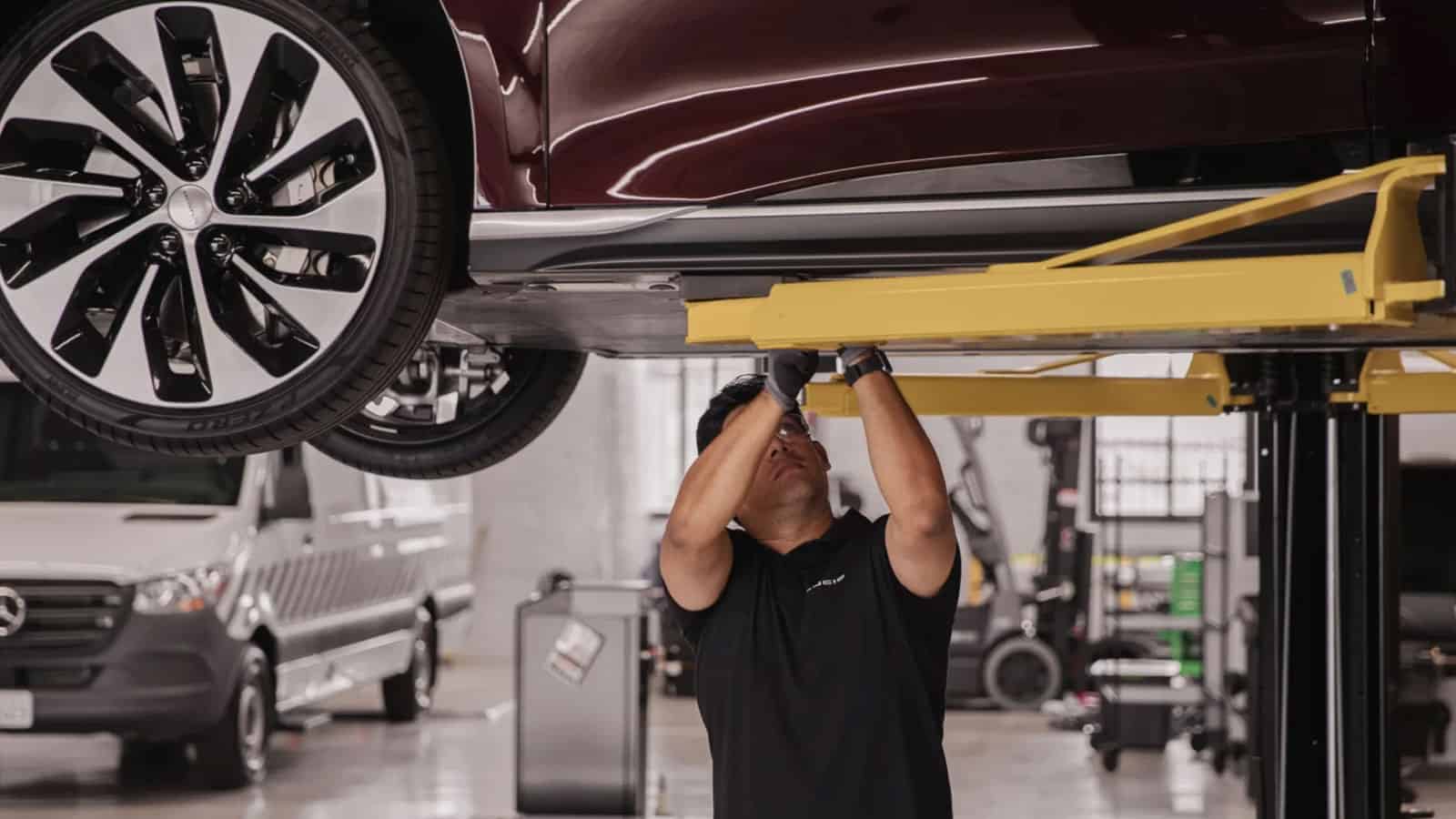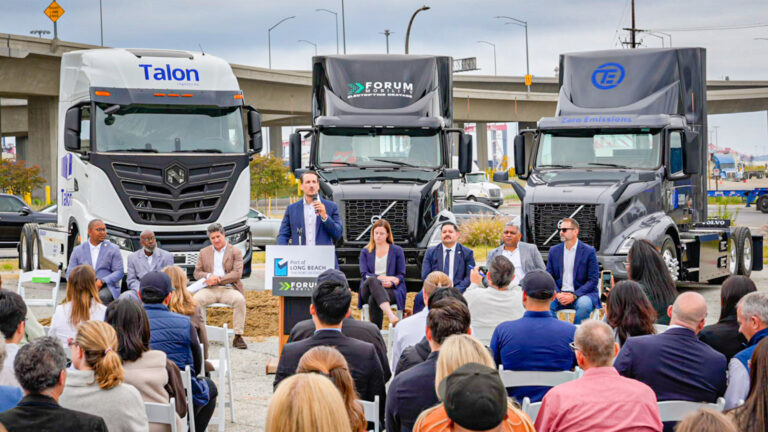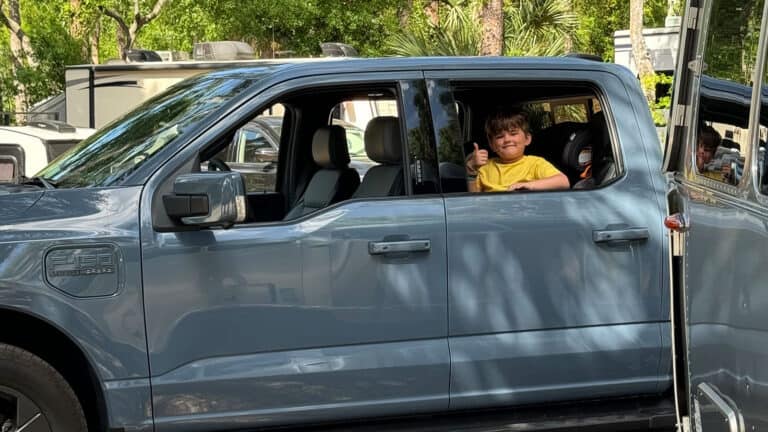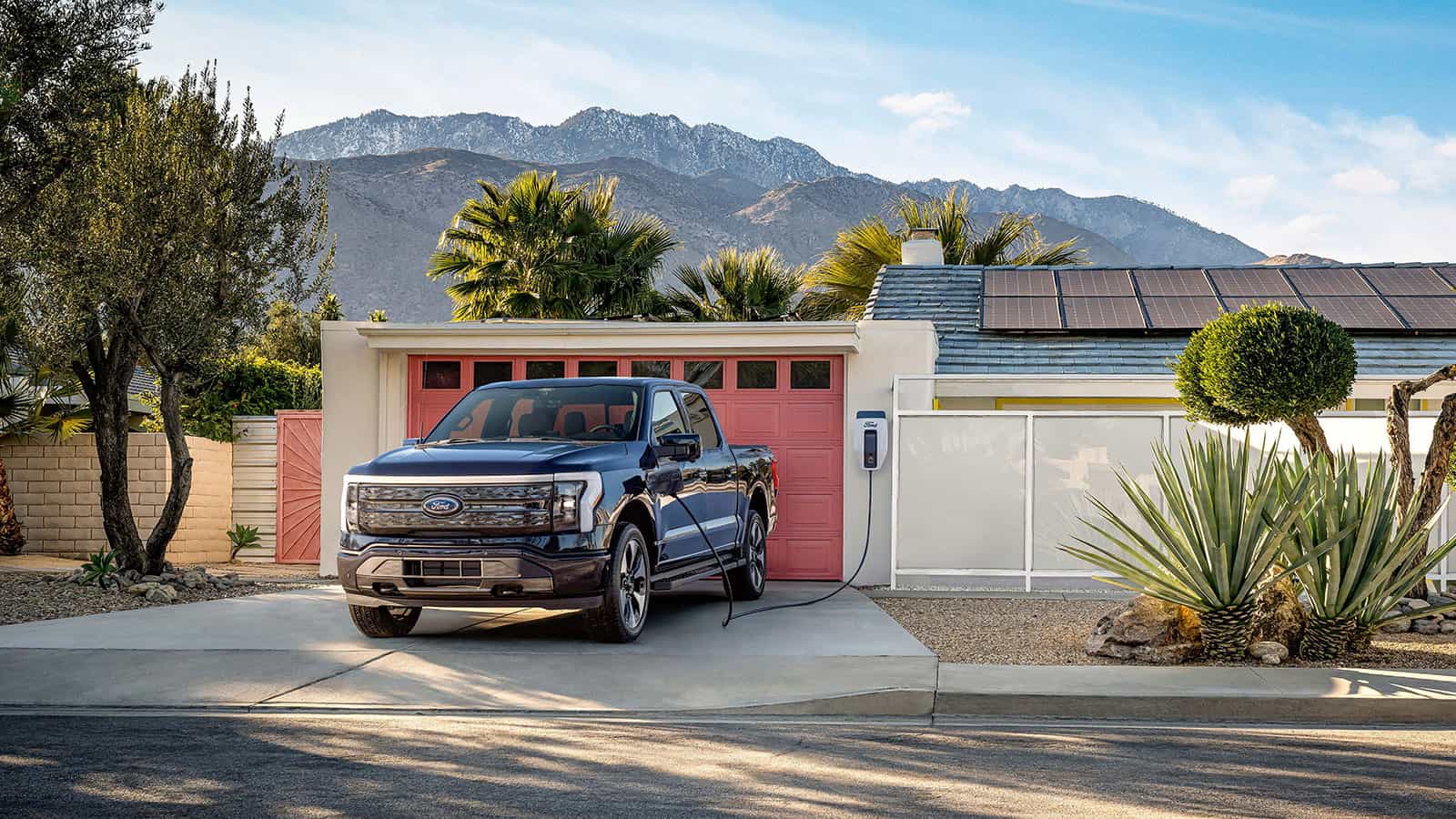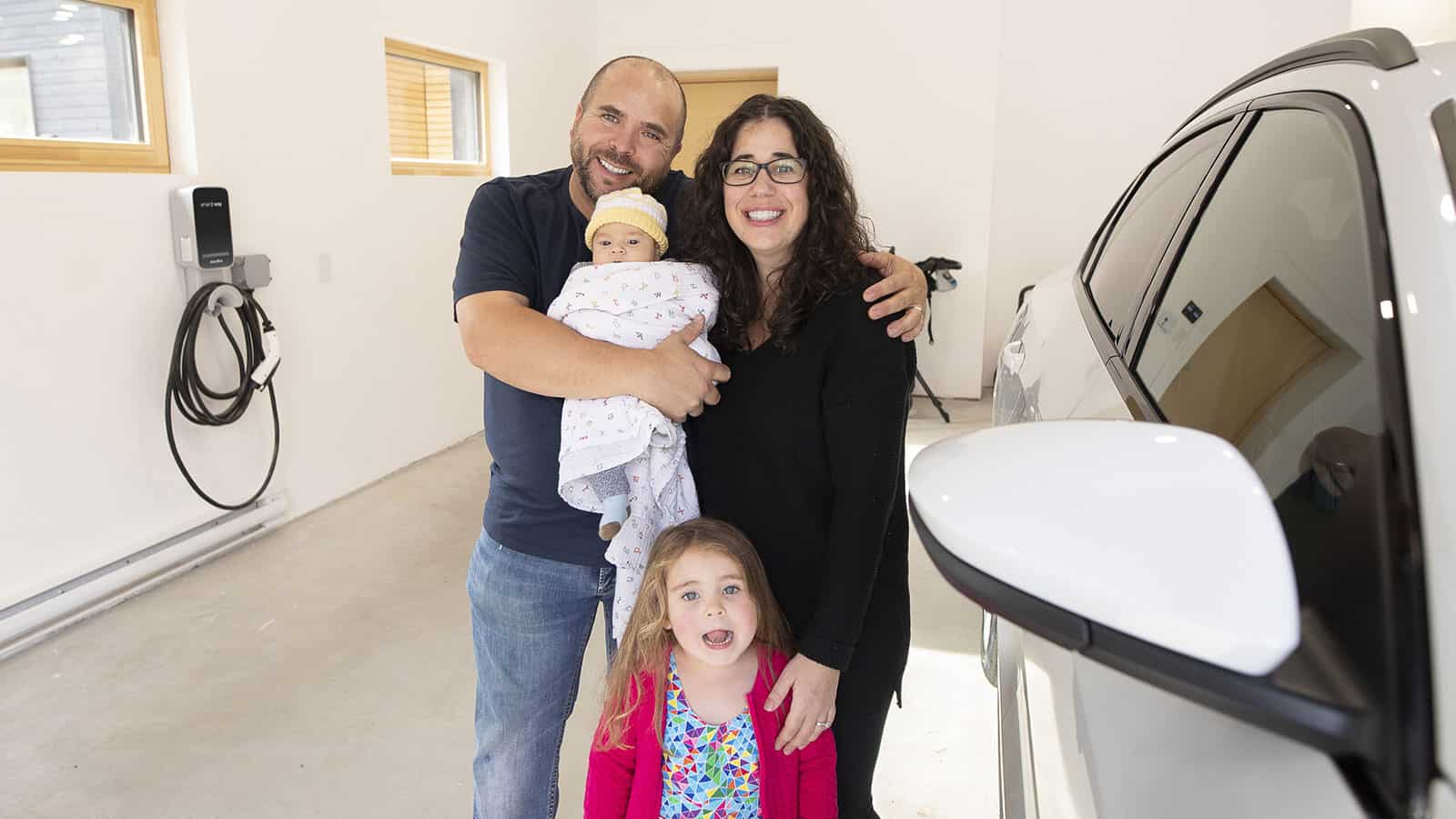- While EV drivers rarely worry about EV batteries, they do worry about finding a capable technician and available parts for repairs and maintenance.
- EV manufacturers should invest in training technicians and ensure that parts and loaner vehicles are available for owners.
- Investing in renewable energy will support the growing demands on the EV grid.
- Voting for candidates who support the EV lifestyle will help break the barriers to the adoption of EVs.
Once you drive an EV, you won’t want to go back to a gas-powered car. They are quiet, speedy, and reliable. But, like all vehicles, issues arise and some eventual EV repair will be needed. Unfortunately, limited access to EV repairs and power grid issues are two of a handful of barriers that are slowing the adoption of EVs in the U.S.
ADVERTISEMENT
Substantial EV Battery Warranty Protection
While many EV naysayers claim that the big problem is the cost of EV battery replacement, that’s the least of any EV driver’s worries. In the United States, EV batteries and all components related to them are covered by a federally mandated 8-year/100,000-mile warranty. Many manufacturers extend the warranty to 10 years. The coverage isn’t just for battery-electric vehicles, but for plug-in hybrid and hybrid electric vehicles.
The Need for More EV Repair Technicians

The problem with EV repair is that few technicians know what to do with electric vehicles. Sadly, some car dealerships sell EVs, but they will not service them. This sad fact makes it important for EV drivers to support dealerships that provide EV service.
An easy remedy is for manufacturers to provide training at dealerships that sell EVs. High schools with career training programs should implement EV maintenance courses; schools could partner with local dealerships or manufacturers to build a useful curriculum.
EV technicians are in demand, and training courses are available. EVPro+ offers EV repair training courses in Michigan, Minnesota, Oregon, and Pennsylvania. In the San Francisco area, EV drivers can choose Earthling Automotive to service their vehicles. The startup ChargerHelp! is working to train EV repair technicians as well.
EV drivers and repair technicians benefit when independent EV repair shops open in their communities. As EVs become more common across the United States, independent EV repair shops should become lucrative business opportunities.
Parts Availability and Loaner Vehicles
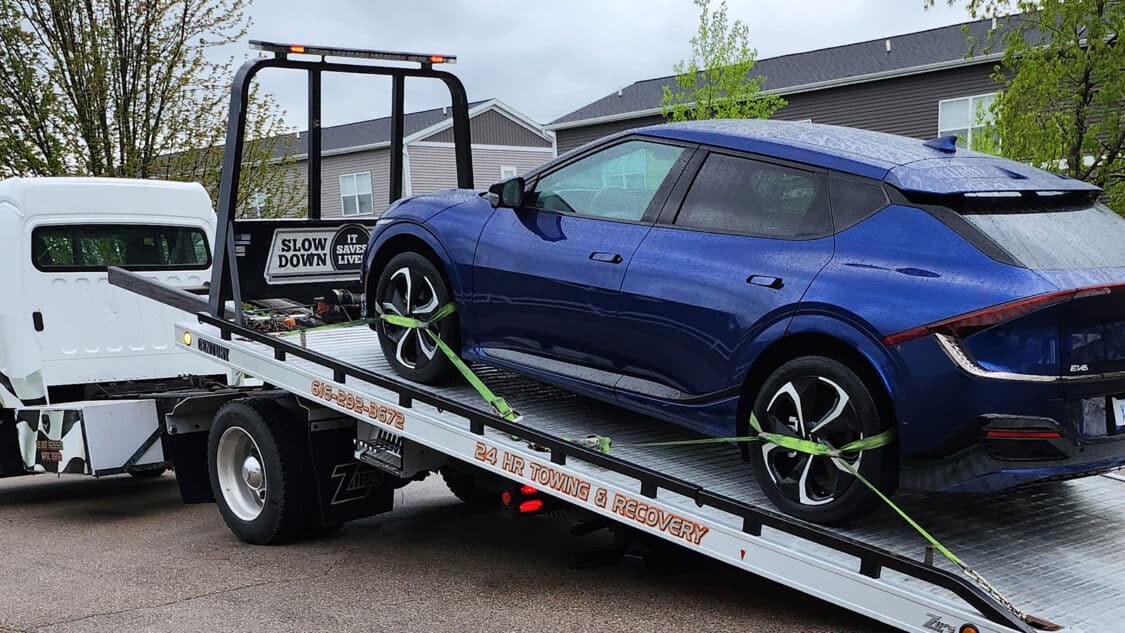
Problems with electric cars can be expected, just like with any new technology. Wear-and-tear components need to be replaced, and issues can arise in manufacturing. A problem that arises frequently with electric car maintenance is the availability of parts. My 2023 Kia EV6 needed a new electric water pump, but the part was on backorder.
ADVERTISEMENT
Despite the “weeks to months” I was told I would have to wait, the part arrived in two weeks. Fortunately, my Kia dealership had a loaner EV6 for me. I know the dealership charged Kia for the loaner vehicle — at about $40 per day. However, many dealerships will not give customers loaner vehicles. This is also an easily remedied problem. If an EV needs a repair but the part is unavailable, the manufacturer should provide loaner vehicles, especially knowing that parts and available technicians are limited. This should be standard operating procedure for EV manufacturers.
The last thing any driver wants is to own a car but be unable to drive it because parts are unavailable. It’s even worse if you are making monthly payments on your EV. Unfortunately, I have to bring my EV6 back to the dealership, because the “Check Electric Vehicle System” light illuminated again — just a few days after I got it back for the water pump issue. This is why new cars have warranties.
EV Repair Costs
In general, EV repair costs are in line with ICE vehicle repair costs. Consider the cost to repair or replace a transmission, which is often over $2,000, and many ICE vehicles need new transmissions or major engine repairs before they turn 10 years old.
EV battery repair costs continue to drop. If the battery and related components need repair within the first 10 years, the cost is covered by the warranty.
It’s no secret that EV batteries cost thousands of dollars, but new battery innovations are bringing down the prices. By the time the newest crop of EVs needs new batteries, the prices should be significantly lower. Better yet, many of the battery components can be recycled, creating less waste and reducing the environmental impact from battery manufacturing.
Our Jeep Wrangler 4xe has a lithium-ion battery with almost 50,000 miles on it. A few months ago, the battery charging system needed to be replaced. The work was covered by the warranty, and the dealership took care of it within a few hours, while providing us with a complimentary loaner car.
ADVERTISEMENT
So far, the only EV maintenance costs we’ve had for the EV6 have been about $150 total for tire rotations, filter replacements, and inspections. Our maintenance costs for the PHEV Wrangler have been oil changes every 7,000 miles. Each oil change is about $100 because of the hybrid system.
I’m only one voice, but after my conversations with other EV owners, I know I’m not alone in my experience.
Can the Power Grid Handle Electric Cars?

Along with adding more locations for EV repair, EV adoption should increase with better electrical infrastructure and grid resilience. EVs need electric fuel for power, so drivers need to trust that the electric grid will provide said fuel.
Rumors abound that electric grids will be unable to power all the EVs in the United States. Fortunately, the rumors are far from true.
First of all, it’s doubtful that all EVs will be plugged in at once. I plug in my EV6 in my garage once every five or six days when the battery gets to 20% (because I need 16% for my daily commute).
Secondly, some EVs have a feature called V2G (vehicle-to-grid) that lets EVs give power back to the grid — which is useful in power outages and when drivers use solar power to charge their vehicles. This requires some electrical work at home, but it’s cost-efficient in areas of the country with frequent power issues.
Most communities will benefit from improvements in their grids, but solutions exist to deliver enough power for an increase in EV sales and more demand from utility companies. Rather than complaining about problems with electric cars and utility companies, electric companies should work on load management plans. Load management is all about meeting kWh at a given time. It’s not about total kWh. Smart electric companies should provide incentives for EV drivers to charge when the load is low — which is often during the overnight hours when people are sleeping.
ADVERTISEMENT
EV drivers can do their part by setting a timer for their home chargers. Drivers can plug in at any time — even when demand is high — but their charging time doesn’t have to start until later in the evening when demand drops and electricity rates drop too.
Utility companies can use an automated demand response (ADR) program to provide electricity during smart charging systems. While many people think EVs drain the grid, it’s air conditioners that use more electricity — and usually when electricity demand is at its highest. Smart thermostats and timers are helpful tools for homeowners as well as utility companies to better manage electricity demand.
Another useful solution to improve EV adoption is adding more renewable energy sources around the country. In the past month, California has exceeded electricity demand using only renewable sources. Using wind, water, or solar power to charge EVs makes them even cleaner, as those upstream power sources create minimal carbon emissions — if any at all.
Despite fossil fuels still dominating the electric grid, renewable energy has become the go-to for new facilities. Around the country, more than 50% of new electricity generating capacity has come from solar power.
Vote for Candidates That Support the Grid and EVs
As public EV charging is a part of transportation infrastructure, it’s important to vote for candidates that support your EV lifestyle. The only way the grid and EV charging will get better is if all levels of government offer support.
Of course, private companies will and do get involved, but it’s government support that creates standardization. Tesla Superchargers and the Rivian charging network are opening to off-brand EVs because the government is providing financial support for doing so.
It’s also important for current EV owners to be mythbusters in their community. When you hear people in your circles spread misinformation about EV charging, repairs, and maintenance, speak up and share your stories. Word of mouth from trusted people is the best marketing method. It’s time to spread the good news about EVs, and current owners have the experience and knowledge to encourage more people to purchase them.
ADVERTISEMENT

FEATURE IMAGE: LUCID MOTORS
FTC: We use income-earning auto affiliate links. Learn more.











